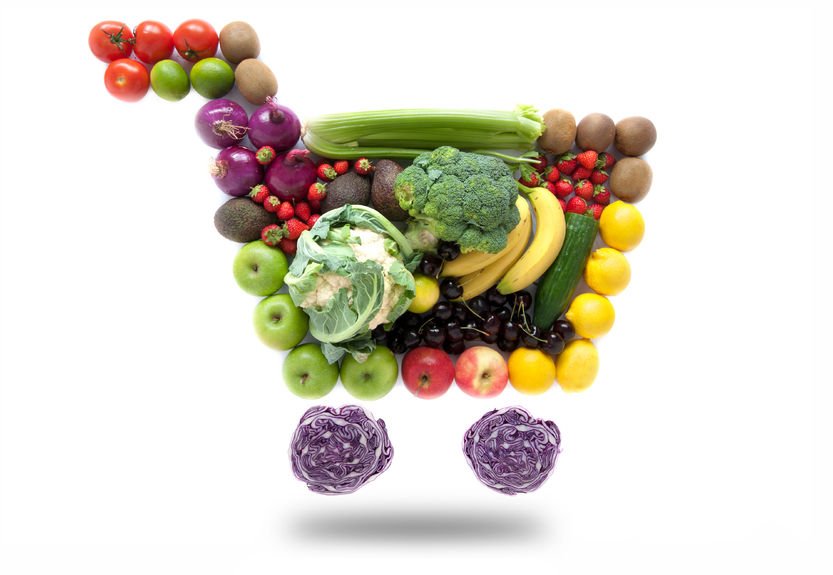Supermarkets are an interesting market to observe in relation to HR technology choices these days. The question I have in mind is that of market tiers and the extent to which we, as clients, define our own choices with our view as to the category we slot ourselves into.
This autumn, I’m looking at some perspectives on system selection (here is my getting started guide). In the HRIS world, some of the key starting-block choices are about integration of systems. Here I’ll explain a few key choices and ask you to examine your weekly shop.
Large, medium and small-scale HRIS
Until perhaps the average organisation’s most recent contract renewal period, those of us independent in the HR technology world would depict a market overview as I note here. This feels almost historical to do so now:
- “Tier 1” = large organisations = Enterprise Resource Planning (ERP)
- “Tier 2” = mid-market = integrated HR and payroll solutions, described as “best-of-breed”
- “Tier 3” = SME = none or off-the-shelf “stand-alone”, with or without “bolt-on”
I’m liberal in the speech marks here because many of the words and phrases used here have served as convenient categorisations about market choice, enabling an organisation readily to identify, based on headcount typically, the appropriate route to take in terms of scale and scope.
For those less familiar as to their meaning, an ERP caters not only for HR and payroll, but offers an integrated business solution (with its associated price-tag) and covering functions such as finance, asset management, procurement, CRM and sales. An integrated HR and payroll offering achieves integration between all of the different HR modules that the product covers, such as learning, talent, self-service and pay, but it’s limited to use as a people system. A stand-alone product serves just core HR (or another) function and might be referred to as a bolt-on if it were used together with other systems.
The terminology, typology and tier-ing do still hold validity. And this is where supermarkets come into it….
From Tiers to Trolleys
Everybody in the UK knows that for luxury it’s “simply” M&S food or Waitrose. At the bottom end of the scale there are the discounters and we are all terribly excited to see Aldi and Lidl pitch for an ever-increasing slice of our pies – or rather asking that we buy theirs. Morrisons is in on that act. And for those of us identifying neither with luxury nor with discount for every day, we are well catered for by Sainsbury’s and of course Tesco. Because Tesco sells everything.
But I don’t shop at Tesco.
I buy fabulous fruit and veg, at rock bottom prices at Morrisons and I do love the continental influence on some of the Aldi shelves. And when I want the very best coffee, cookies and cake I’ll mentally stroke the shelves in my favourite Waitrose. My point is that I’m mid-market and I don’t choose mid-market. For my particular basket requirements, the comprehensive one-stop-shop does everything adequately and nothing quite right. This is personal. It is contextual to my household.
Implications for HR system selection
The last look I took at some of the choices to be made in HR system selection (click here) examined another kind of contextual choice – and a softer one. Here my point is about specification:
1. Organisational differentiators matter – system selection is not a conventional prescription methodology, it is holistic and contextual. What makes your choice of systems map right for you will depend not on the features that you need which apply to all, but those which make your organisation particular. Given that the suppliers do understand vertical sector requirements really quite well, which those differentiators are may require some work to disentangle.
2. Integration becomes achievable – just as shoppers find it more or less difficult to zoom around from one retailer to the next, an organisation will have more or less means to achieve integration by other means (set it up themselves, work with vendors to do so, cope manually?). The possibilities for vendors themselves to achieve new interfaces with compatible products increases with new technology platforms. Furthermore, in many environments in 2016, there is not the readiness for such change such that direct systems interface is on today’s agenda. There can be systems over-kill on scope. Bear in mind also that what you do with business intelligence (BI) can also achieve similar ends to those benefits associated with an integrated HR systems choice.
3. There are more choices – categorising systems as ERP, integrated HCM solution or stand-alone is not so straight-forward these days either. A very rich HR and payroll solution can present itself to market as an ERP/business suite. The phrase “stand-alone” can certainly to my mind denigrate some really impressive HR offerings that happen not to include payroll. And the bolt-on answer to one particular function can in itself be so powerfully advanced that to suggest its inferiority is all wrong.
Integration has great advantage. Shopping in Tesco for many is efficient, comprehensive and a great balance in terms of the classic conundrum about time v. cost v. quality. Integration in HR technology is similarly a head start on simplicity of process and configuration, accuracy and security and cost control.
My key point is not to assume. Observe how quickly markets can change and how as consumers we make different choices – if you’re not into groceries (lucky you!) then pick a market outside your workplace that you know and love to watch. Apply the same in getting thinking about choosing an HR system and look to make choices that are informed, contextual and strategically aligned.
And please be in touch if any of the words and phrases I’ve used in this article warrant demystifying in our Phase 3 Consulting “Word of the Week” #WOTW.
pixelbliss / 123RF Stock Photo



